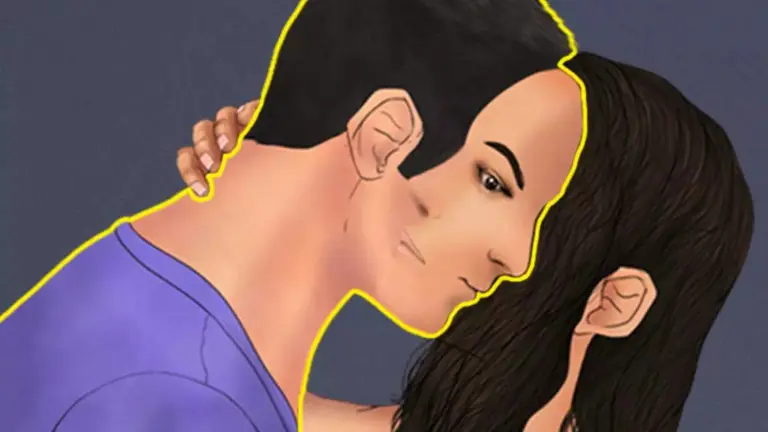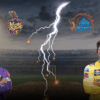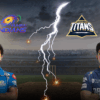Optical illusions, often employed in optical illusion tests, are fascinating visual tricks that deceive our brains into perceiving something different from reality. These illusions rely on patterns, colors, and shapes to create interpretable images. For instance, you might look at a picture and see a vase, while someone else sees two faces looking at each other. This occurs because our brains strive to interpret what we see through the lens of our past experiences and existing expectations.
The study Optical illusions are captivating visual deceptions that manipulate our perception of reality. These illusions, commonly employed in optical illusion tests, utilize patterns, colors, and shapes to craft images open to interpretation. For instance, while you might perceive a vase in a picture, another observer may discern two faces gazing at each other. Such discrepancies arise because our brains interpret visual stimuli based on our past experiences and preconceived notions.
One of the most well-known categories of optical illusion personality tests is the ambiguous illusion. Ambiguous illusions highlight the brain’s ability to switch between different interpretations based on context and focus.
Another intriguing type is the distorting illusion, which involves the distortion of size, length, or curvature. A classic example is the Müller-Lyer illusion. Two lines of equal length appear to be of different lengths because of the arrow-like ends attached to them. This illusion shows how context affects line perception. Suggesting that our brains use contextual cues to make sense of visual information.
Paradox illusions present objects that are physically impossible, like the famous Penrose Triangle or Escher’s Staircase. These images create a sense of paradox by depicting objects that can exist in two-dimensional space. Such illusions challenge our understanding of space and perspective.
Color and contrast illusions exploit the way our brains process color and light. The Checker Shadow illusion by Edward Adelson is a prime example, where a shadow cast over a checkerboard pattern makes. Squares of identical brightness appear to be different. This illusion demonstrates the brain’s reliance on contextual lighting cues to interpret. color and brightness, reveals the complexities of our visual system’s color constancy mechanisms.
Afterimage illusions occur when an image continues to appear in our vision after we have looked away. Overstimulation of eye cells sends signals to the brain, causing this phenomenon. Even after the stimulus is removed. Staring at a bright image for a prolonged period and then shifting your gaze to a blank surface often results in. I see a ghostly imprint of the original image, in complementary colors.
Optical illusions not only provide entertainment but also artistic inspiration . But also offer valuable insights into the workings of the human mind. Brain By studying these illusions, scientists and psychologists can learn more about how we perceive the world around us. This understanding can lead to applications in various fields, such as improving visual displays, creating more effective advertisements. And even developing treatments for certain visual disorders.
Why Are Optical Illusions So Intriguing?
Optical illusions are not only fun and interesting but also challenge the way we perceive the world. They teach us about how our brains work and how we process visual information. Sometimes, optical illusions are used in art to create stunning and thought-provoking images. Other times, they are utilized in psychology to study how people perceive things differently.
Ambiguous Images
A Popular Type of Optical Illusion One prevalent type of optical illusion is the “ambiguous image, where a single picture can be interpreted in multiple ways. According to today’s optical illusion personality test, the first image your eyes capture may reveal insights into your personality traits.
Are You Ready to Take the Test?
Great! Take a closer look at the picture here. Attempt to discern which image captured your attention first. The man or the woman?
Done? Now, read on to discover what it reveals about your personality.
If You Saw the Man First
If you saw the man first, you are a person of logic. You also excel at controlling your emotions. Even if someone looks directly into your eyes, they wouldn’t be able to tell if something is troubling you. You demonstrate strong leadership skills and maintain a high energy level. While some may perceive you as laid-back, you are not one to follow the crowd blindly. Your genuine nature and positive aura make you enjoyable company, as you radiate authenticity and positivity.
If You Saw the Woman First
If your eyes caught the female figure first, it suggests you are an emotional person. People respect you for your optimistic attitude toward life. You possess a strong sense of commitment and drive. Ensuring that once you set a goal, you follow it through to perfection.
Also read: 7 Life-Changing Habits After-Office Hours
Uncovering Your Personality Through Optical Illusions
personality test will help you uncover both the best and most challenging aspects of your character. Embrace the insights and enjoy the fascinating world of optical illusions!








